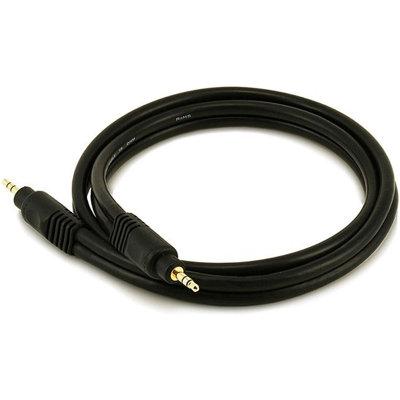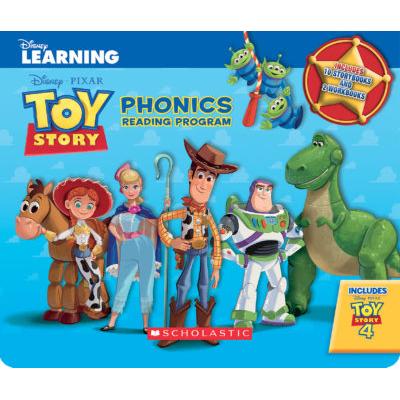Best balance transfer card that you should own

A balance transfer is mostly the transfer of balance which can be either money or credit from one account to another, often held in another institution. The term is commonly used when describing a credit card balance transfer. People in a balance transfer have access to move their debts such as credit card balances, home loans, student loans, car loans, medical bills, etc. to a zero or no interest credit card for a promotional or limited period. The amount that each is allowed to transfer depends solely on their credit card as well as their credit score.
It is hard for an individual to find out which financial institutions to trust to obtain the best balance transfer. Scroll down to take a peek at some of the best balance transfer credit cards currently out in circulation:
Bank Americard Credit Card: This is the best card available for a person who has good credit looking for a cost-effective just-for-debt card. This card features 0%annual fees, a 0% introductory transfer fee and a long 0% APR period. This helps you repay your debt without paying any interest or fees.
Barclaycard Ring Mastercard: This is also one of the best balance transfer cards available as it comes with a 0% APR period and its best feature is that it never charges balance transfer fees.
Citi Simplicity Card: This is the best balance transfer card for people who need to pay their debt without interest for a period of 18 months. This card is in the running for best balance transfer cards with its ultra long 0% balance transfer and a 0% annual fee.
Discover It Card: This card is perfect for those who use more than one card. The Discover It card offers uses a rewards program which pays 5% cash back in rotating categories thus providing a long term value.
Chase Slate Card: This card wins the balance transfer triple crown. It offers 0% APR, 0% introductory and annual fees.
Recent Articles
Recent Questions
What kind of life insurance builds cash value?
The rest of the premium payment will go toward your policy's cash value. The life insurance company generally invests this money in a conservative-yield investment. As you continue to pay premiums on the policy and earn more interest, the cash value grows over the years.
What is meant by insurance plans?
An insurance plan is the one that consists of a premium amount and other components used in getting a product insured. There may be various types of insurance plans with varying terms and policies.
What are the common components of insurance?
The most important components of most insurance plans are the premium and the contract. Anything written in the contract becomes its crucial component.
What are the various types of insurance policies?
There are various kinds on insurance policies that are available on various assets. Auto, health, commercial vehicle, and travel insurance are some of the popular types of insurance policies.







